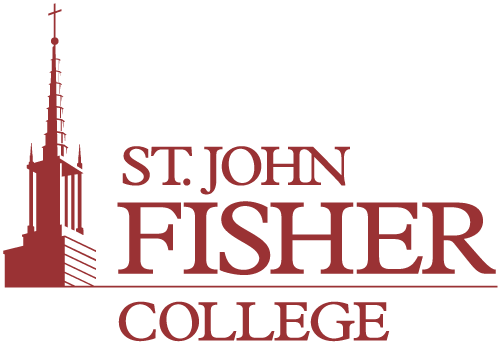Program Requirements
B.A. Physics Requirements
| Core Requirements | (33) | |
| PHYS 131C | P4 General Physics I (4) | |
| PHYS 132C | P4 General Physics II (4) | |
| PHYS 211 PHYS 211L |
Modern Physics I (4) Modern Physics I Laboratory (1) |
|
| PHYS 212 PHYS 212L |
Modern Physics II (4) Modern Physics II Laboratory (1) |
|
| MATH 120C | P4 Calculus I (4) | |
| MATH 122C | P4 Calculus II (4) | |
| MATH 221C | Calculus III (4) | |
| MATH 222 | SQ Differential Equations (3) | |
| Additional Requirements | (12) | |
| 12 additional credits of physics electives (at the 200 level or above) | ||
| Total | (45) | |
B.S. Physics Requirements
| Core Requirements | (33) | |
| PHYS 131C | P4 General Physics I (4) | |
| PHYS 132C | P4 General Physics II (4) | |
| PHYS 211 PHYS 211L |
Modern Physics I (4) Modern Physics I Laboratory (1) |
|
| PHYS 212 PHYS 212L |
Modern Physics II (4) Modern Physics II Laboratory (1) |
|
| MATH 120C | P4 Calculus I (4) | |
| MATH 122C | P4 Calculus II (4) | |
| MATH 221C | Calculus III (4) | |
| MATH 222 | SQ Differential Equations (3) | |
| Additional Requirements | (24) | |
| Choose one: | B.S. Option I: 24 additional credits to include: PHYS 301, 333, 334, 341, 342, 365, 451, and 452. | |
| B.S. Option II: 24 additional credits to include: 12 additional credits of physics electives and 12 credits of science courses chosen from biology, chemistry, or physics. The courses in biology or chemistry must be chosen from those specifically named and numbered courses that satisfy the minor requirements in those disciplines or by electives at the 200 level or above. The courses in physics must be those at the 200-400 level. The 12-hour science course combination can consist of courses entirely from biology, chemistry, or physics. | ||
| Total | (57) | |
For students majoring in physics, only courses designated as physics courses (PHYS) that may be applied to the major are included in the determination of the grade point average in the major.
Students Seeking Adolescence Teaching Certification in Physics
Students seeking adolescence teaching certification in physics dual major in inclusive adolescence education and physics. They complete the courses outlined for a B.S. physics major (Option II) as these courses satisfy the content area requirements for teaching certification.
In addition to the physics content area requirements, students pursuing adolescence teaching certification must also complete:
- Inclusive adolescence education major (46)
The major includes education courses, field experiences, student teaching, and courses for certification in students with disabilities (7–12) and middle school extension in the content area (5–6). See Inclusive Adolescence Education for details.
Note: As early as possible, students should consult with an education advisor to set up a program leading to certification.
